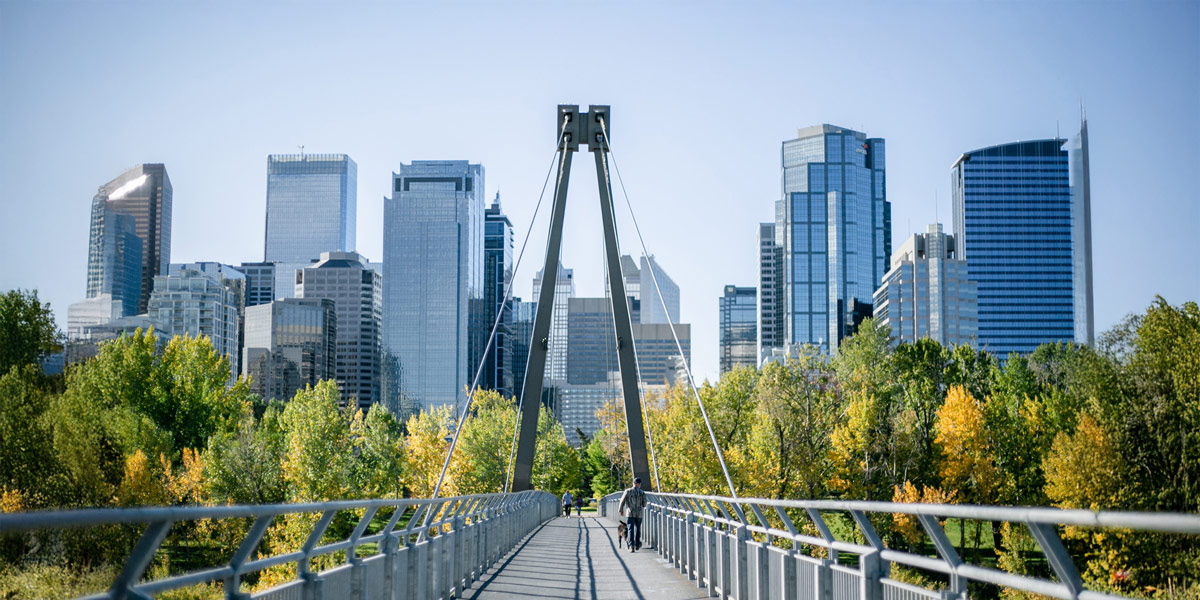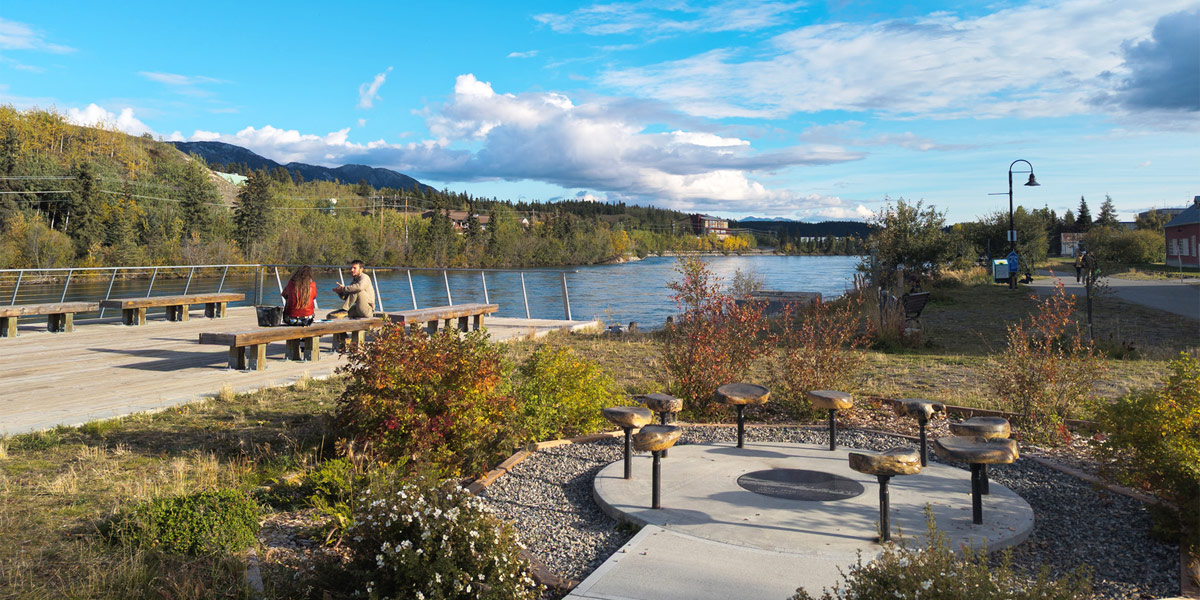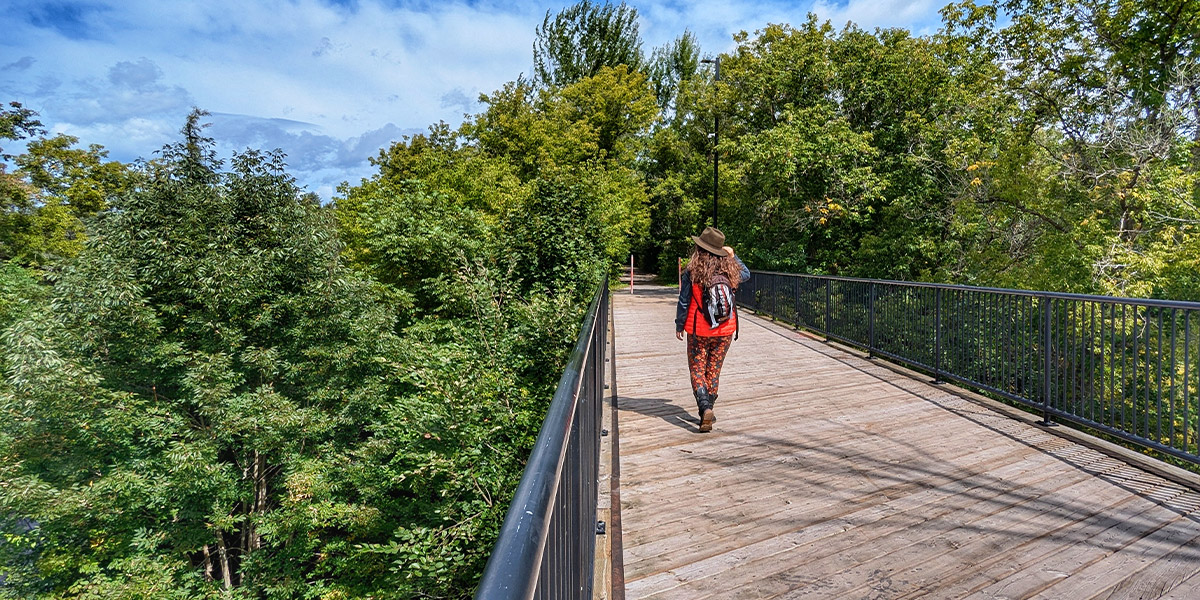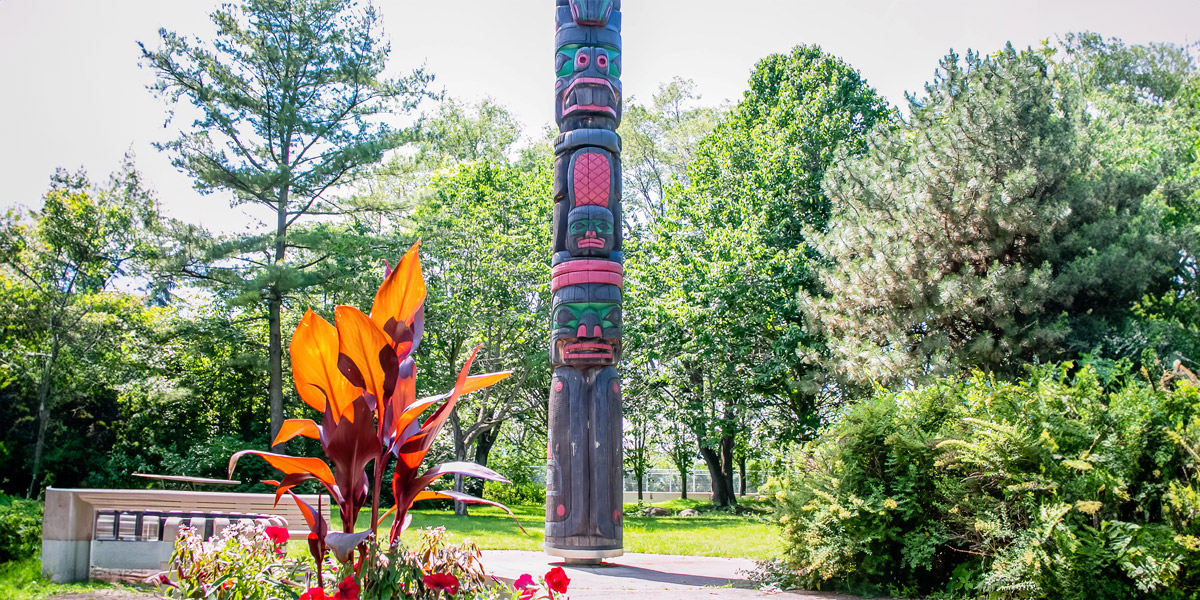How Trail Networks Help to Mitigate the Effects of Climate Change
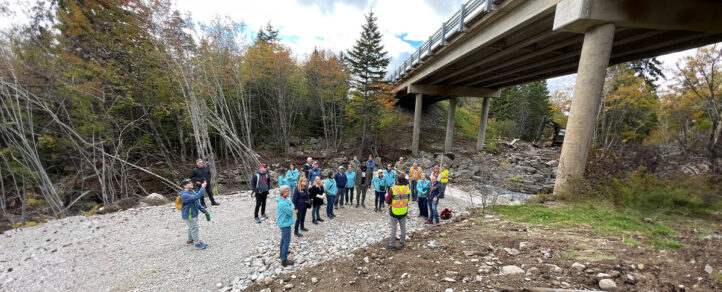
There is no sugar-coating it: trails around the world are being damaged by the effects of climate change. Flood, fire, hurricanes and rising sea levels are threatening the trails we commute on, travel to and cherish. But despite their vulnerability, these trails are an important part of the solution.
As we collectively confront the urgent call for climate action, it is crucial to spotlight an overlooked player in the fight against climate change: urban trail networks. In the heart of our cities, these trails play a pivotal role in reducing emissions, safeguarding environments and fortifying our communities against the escalating impacts of climate change.
Trails help reduce emissions
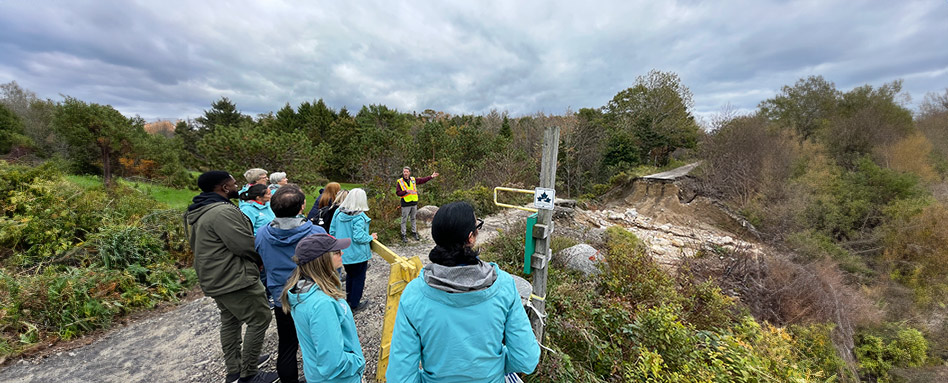
The correlation between urban trails and emissions reduction is clear. By encouraging active transportation and providing viable alternatives to carbon-intensive commuting, trails are a catalyst for reducing the carbon footprint of our urban centres. A well-connected trail network helps citizens to choose sustainable modes of transportation, decreasing the reliance on fossil fuels and mitigating the adverse effects of air pollution.
Trails help preserve the environment
Beyond emissions reduction, urban trails emerge as unsung heroes in carbon sequestration and preservation of natural ecosystems. These trails act as green corridors, weaving through urban landscapes and connecting fragmented habitats. They facilitate the movement of wildlife, contributing to biodiversity conservation. The greenery along these trails also acts as a natural carbon sink, absorbing and storing atmospheric carbon dioxide, a critical weapon in our arsenal against climate change.
Trails help mitigate the effects of severe weather
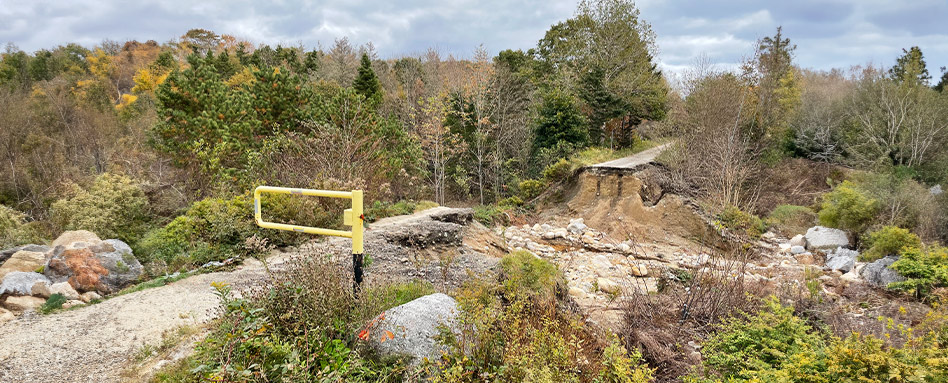
And finally, following a year of severe weather (in particular, flooding damaged a number of Maritime Trail sections, some of which are still in need of repair), the importance of mitigating floods cannot be overstated. Trail networks, when strategically planned, act as green infrastructure that absorbs excess rainwater, reducing the risk of flooding. These trails serve as resilient pathways, helping to channel and manage water flow, thus safeguarding our cities from the devastating impacts of extreme weather events.
Recent research on the economic impact of the Trans Canada Trail suggests that trails are both money savers and money makers. Yes, infrastructure development comes with a cost, but the report estimates that the environmental benefits associated with urban trail networks in Canada – emissions reduction, carbon sequestration, flood mitigation, among others – is valued at $82 million annually.
In an era marked by climate change, investment in urban trail networks is not just a prudent choice; it is a strategic imperative. While trail networks play a pivotal role, we must also recognize that they are just one tool needed – among many – for constructing resilient and sustainable infrastructure that safeguards the planet, the country and our communities against the impacts of climate change.
The complicated intersection between trails, climate and nature will be at the forefront of discussion during the World Trails Conference, which takes place in Ottawa from September 30 to October 3, 2024. The conference is tailor-made for trail enthusiasts, sector leaders, outdoors professionals, academics and trail groups hoping to explore trails and their role in climate mitigation. Learn more about the conference, or register now.


